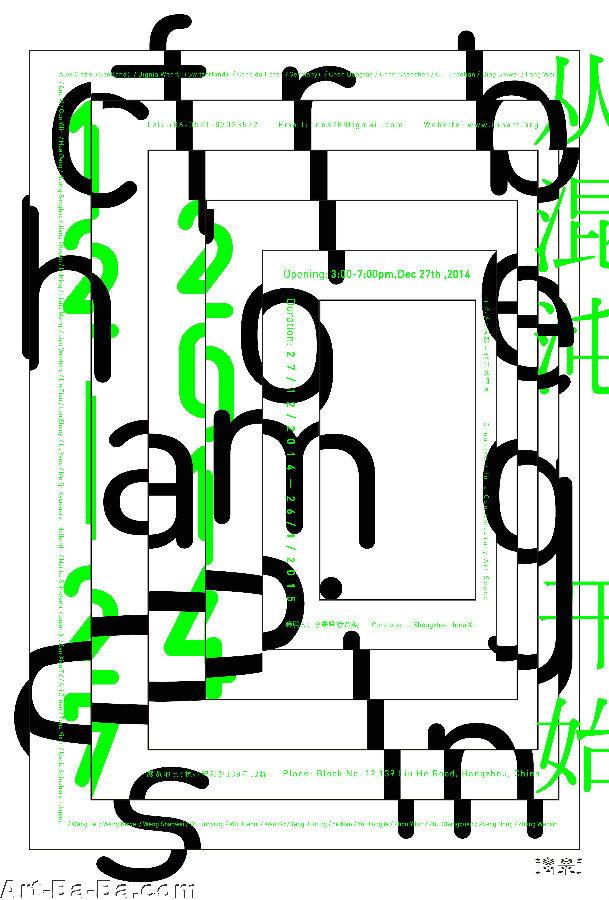
清影新空间开幕展
从混沌开始
Begin from Chaos
2014
展讯
从混沌开始
开幕:2014.12.2715:00—19:00
展期:2014.12.27—2015.1.26
策展人:李晟曌、徐益英
主办方:清影当代艺术空间
展览地点:杭州留和路139号12栋
参展艺术家
Alex Gibbs(苏格兰)、Bignia Wehrli(瑞士)、Candida Höfer(德国)、陈栋帆、陈陈陈、崔绍翰、丁世伟、方伟、郭熙、郭奕麟、化鹏、黄淞浩、蒋竹韵、李明、梁曼琪、廖文峰、刘畑、娄申义、陆扬、Merijn Kavelaars(荷兰)、Noriko Shinohara(日本)、三线电视台、石川、童义欣(中国/加拿大)、Ushio Shinohara(日本)、王飞、王克伟、翁善伟、吴俊勇、吴珏辉、萧搏、杨俊岭、叶楠、虞琼洁、周轶伦、朱昶全、郑泓、郑文昕
NEWS
Begin fromChaos
Opening:3:00-7:00pm,Dec 27th ,2014
Duration:27/12/2014—26/1/2015
Curators:LiShengzhao / Inna Xu
Organizer:InnaContemporary Art Space
Place: BlockNo. 12,139 Liu He Road, Hangzhou, China
Artists
Alex Gibbs(Scottish)/ BigniaWehrli(Swiss)/ Candida Höfer(Germany)/ Chen Dongfan / Chen Chenchen / Cui Shaohan/ Ding Shiwei/Fang Wei / Guo Xi/Guo Yilin/ Hua Peng/ Huang Songhao/ Jiang Zhuyun/ Li Ming /Liang Manqi/ Liao Wenfeng/ Liu Tian/ Lou Shenyi/ Lu Yang /Merijn Kavelaars(Holland)/ NorikoShinohara(Japan)/ SANXIAN TV/Shi Chuan/Ushio Shinohara(Japan)/Wang Fei/ Wang Kewei/ Weng Shanwei/ Wu Junyong/ Wu Juehui / Xiao Bo / YangJunling / Ye Nan/ Yu Qiongjie/Yixin Tong(China/Canada)/ ZhouYilun/ Zhu Changquan/ Zheng Hong/ Zheng Wenxin
清影新空间 NEW SPACE
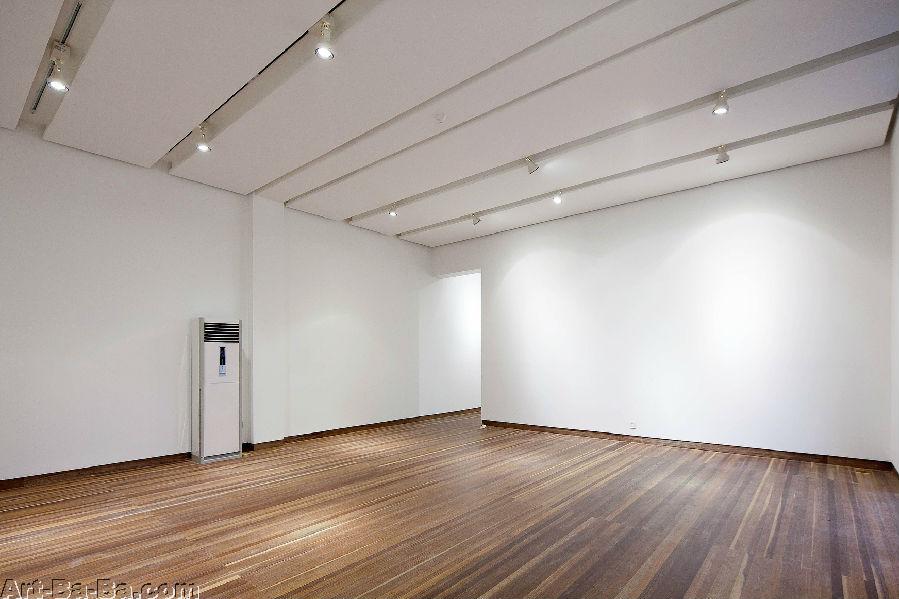
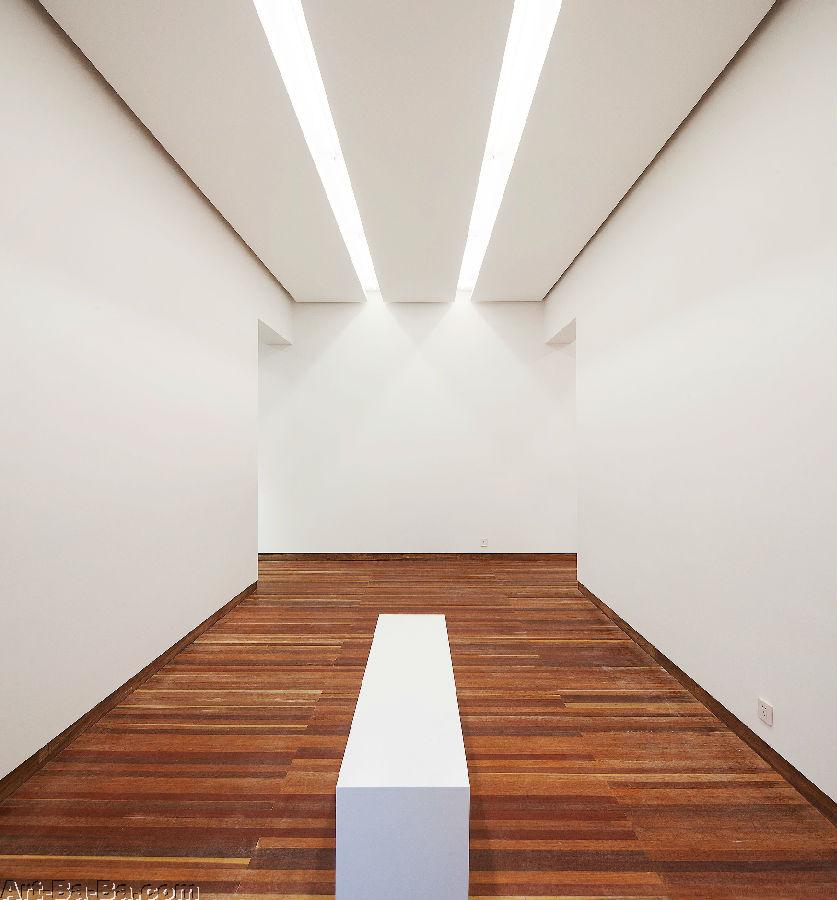
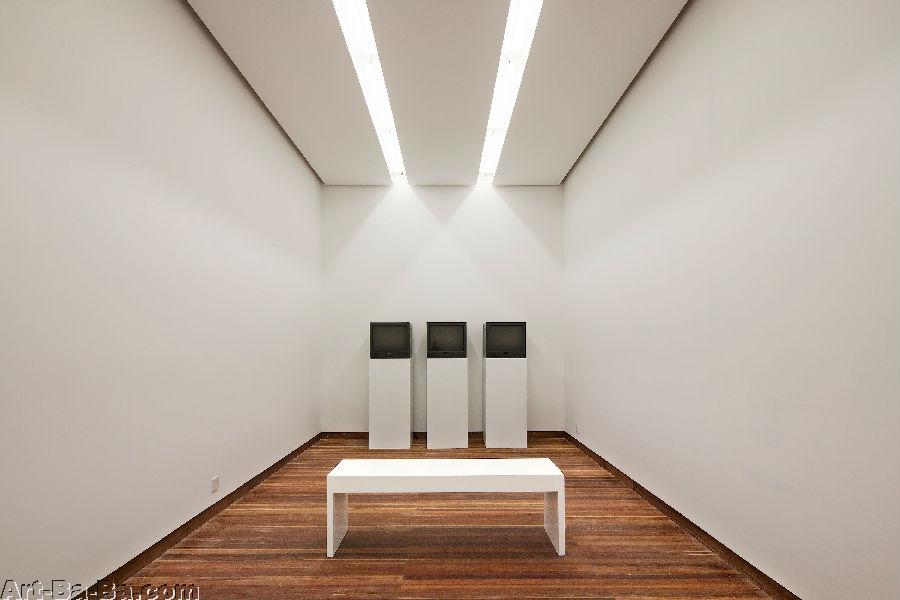
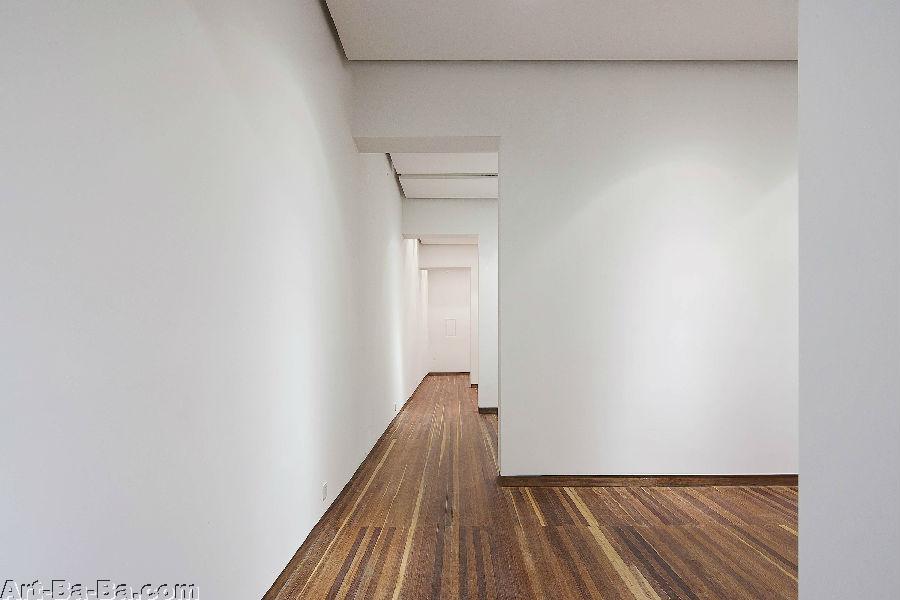
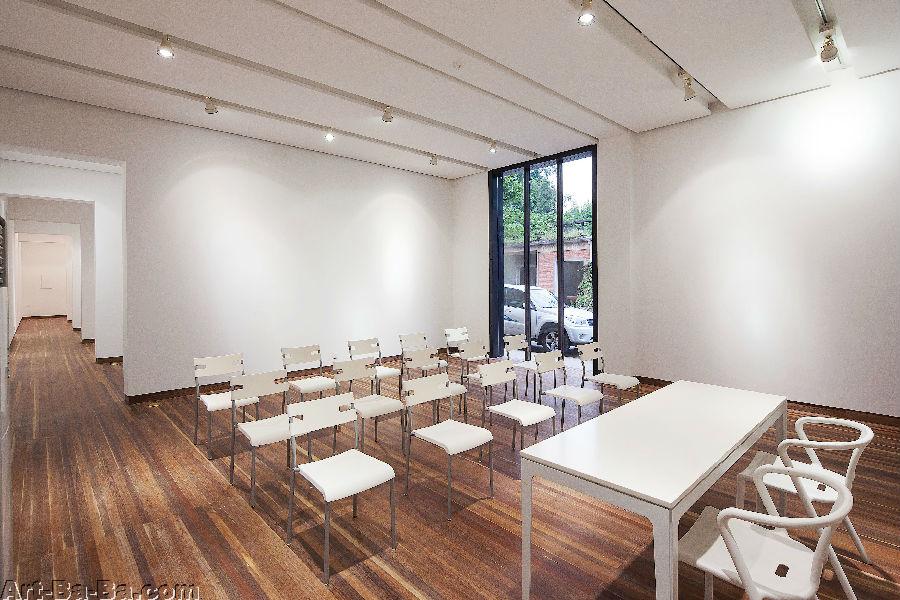
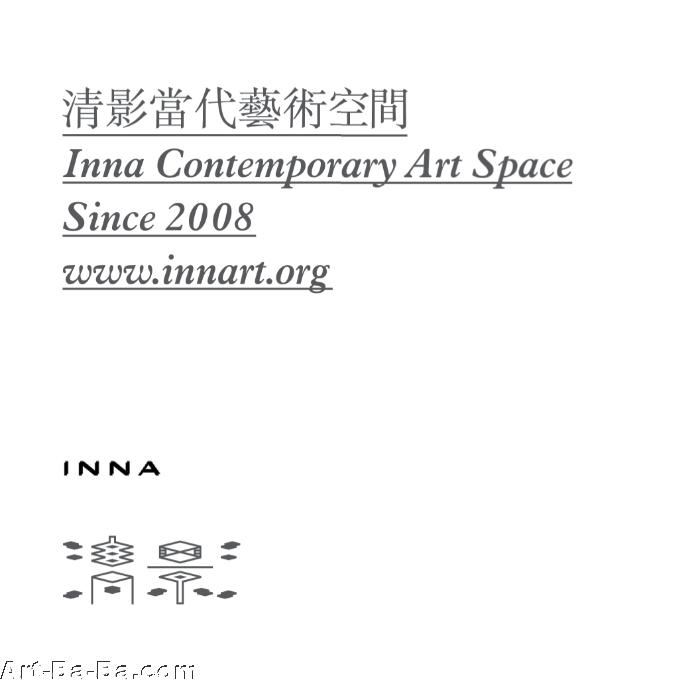
从混沌开始
李晟曌
“就让我们从一团混沌开始吧。”——杜尚
1957年,在意大利的国际会议上,情境主义国际(Situationist International)正式宣告成立。随后的十五年间,情境主义国际以自己的理论和实践描绘并抗衡着“景观社会”(Society of the Spectacle),不断探寻着艺术与政治相结合的方式、日常生活中的革命方法,实验各种将景观社会颠倒为艺术“瞬间”的革命实践。将近六十年后的今天,当初德波(Guy Ernest Debord)所描述的现实:“资本主义生产方式在人的生存方式上已经从存在堕落为占有,而景观社会又进一步把占有转变为了表征”,却还依然牢牢的把我们囿于其中,甚至比起当年更加的无孔不入、进化的更加潜形匿迹。对于当下的“现实”,我们不断辨认又不断模糊,不断抗拒也阻挡不了不断地被异化。然而,无论如何,期许历史有机会重新开始,是一种不可能的妄想;简单的重复历史上的方案也不适时宜。对于我们来说,面对的只有这个叠印了无数抗争痕迹的当下,只有这个无法和海水脱离的海平面。没有一个纯粹的、可以切割的原初可以回返,也无法去希望于一个忽然坠入的完美的他者来使我们获得救赎。也许,只有当我们割裂所有用来幻想、逃避、移情的可能性;当我们承认无路可退、无处可去时,那个真实的此在,那个你双脚所覆盖的地面才开始真正的清晰和坚硬起来。这个万重纠结的、复杂不堪的此地,便是我们行动的立足点。
那么在今天,艺术在这样一个现实的立足点,可以或者应该扮演一个什么样的角色?艺术区别与其他学科有什么独特的力量?我们总是不厌其烦,一次次自问着这些反复出现的问题。
萨拉·马哈拉吉(Sarat Maharaj)教授曾在文章中比较区分了两种知识:有章法的知识与无章法的知识。从而引出了“作为知识生产的视觉艺术”这一概念,他认为这种知识生产的认知引擎就是“通过视觉去思想”,“通过视觉去思想”区分于另一种“将视觉系统建立在语言模式上”的减缩的“视觉思考”方式,虽然也会和现有的语言模式发生借用和互动,但是更多的是想要逃离出语言的边界之外,从而进入那个未成形的、混沌的阴影地带。“通过视觉去思想”是一种不同于其他学科类型的思考方式,它不属于任何的学科地带,萌生于“任意”空间——无处不在,并与“有章法的知识”系统完全不同,是潜在可能性和倾向性难以预测的涨落。
由此,当我们面对着景观已经成为一种社会关系、一种物化了的世界观这样的一个现状和困境中时,通过视觉艺术所拥有的这种可以进入创造性的混沌状态、非“体制化的冲动”的特性,我们隐约可以寻觅到一条散落着微光的艺术特有的可能性之路。在景观社会中,感知尤其是视觉是其中重要的媒介和方式。所以在这个现实与景观相互异化的通道里面,艺术能否像一股无法捕捉的、无法定义、变幻无常的气流散布、弥漫在通道里面,它打散、拆分原有的图像、符号、空间与时间之间的联系,挪动“常识”的边界,扰乱正常的秩序,不断催生新的感知结构?创造性的混沌状态,类似于巴丢(Alain Badiou)所说的“黑夜中的伏兵”:它是潜在的、无目的的、无法预测的,因而也可能携带出最大的潜能和意外。
我们且将这次的展览视为一种混在时代噪音背景中的讯号,它源源不断的发出并且召唤那些用艺术尝试并进行着各种“知识生产”的人——甚至这种认定都未必那么明确和重要。在展览中,我们希望建立和呈现的是一种不可归纳的、有异议的共识形态。重新回到混沌并不是说我们要像盘古那样“劈开混沌造区宇”,对于我们而言,没有一个点式的“区宇”的存在——无论它是劳作的终点或者是世界的起点,没有一劳永逸的一次性完成的时刻。我们需要的是“一再”,不断地出入于混沌间,不断的警惕各种习以为常的“常”,从每一个海平面的微小的褶皱中掀开,反复出发,永无止境,无限和无穷便凝聚在这种反复之中,就如同西西弗斯(Sisyphus)的汗水凝结的闪光,这绝非是一种无用的徒劳。他是幸福的,用一段有限的路程折叠出了无限:从混沌开始,没有终点,目的地(如果有)在很远的地方。
Begin from Chaos
Li Shengzhao
“May we begin from Chaos” — Marcel Duchamp
The official inauguration of theSituationist International (SI) was announced in 1957 at an internationalconvention staged in Italy. Employing both theoretical and pragmatic means, inthe decade that followed the SI set to work chronicling and resisting what theyreferred to as “The Society of theSpectacle” (La Société du spectacle), searching for everyday, revolutionary means by which to unite the artistic with thepolitical, attempting via practice to effect transient caesuras to subvert thisspectacular, social entity. Today, almost sixty years after Guy Debord observed “The whole life of those societies in whichmodern conditions of production prevail presents itself as an immenseaccumulation of spectacles. All that once was directly lived has become mererepresentation”, what hedescribedremains a reality that holds us firmly within its enclosure, perhapseven more immaculately so than it did before, having become all that morediscrete in its means. As far as our present “reality” is concerned, from here, we proceedceaselessly both to further clarify and to obfuscate. For all we might rebel,there is nothing we can do to prevent the spiralling of our alienation.Nonetheless, to hope for a chance to begin again with history is an impossibledelusion; at the same time, to attempt simply to repeat certain instances fromthe past is incongruous. All that remains for us to behold is the palimpsest ofthe present, innumerably marked with traces of former dissent. This is our solehorizon, inseparable from the waters of the sea. There is no chaste,extractible origin to which we might return, no hope of some perfected other’s falling into our midst and proffering oursalvation. Suppose however we were to do away with all accessories to fantasy,escape and diversion; accepting instead the inevitability of our circumstance,the pressing veracity of this moment, perhaps then the ground beneath our feetmight become more visible, more solid. After all, it is the intangible,imbricate nature of this firmament that offers itself as a base for ouractivities.
So, today, given this as our basis, what kindof role does - or rather should art perform? What specific propertiesdistinguish it from all the other disciplines’? These are postulations we never tire ofadvancing.
In one essay, Professor Sarat Maharajdivides knowledge into two kinds, namely the “know-how” and the “no-how”, proceeding thus to propose the notion of“visual art asknowledge production”. In Professor Maharaj’s opinion, this engine of knowledge production would adopt “thinking through the visual” as its means, differing from other modes of "visual thinking” that merely “establish visual systems based on existinglinguistic models”. Albeit the formermeans might still employ these existing, linguistic models, their aim is onerather of segueing into another, more shadowy, amorphous and chaotic placebeyond their borders. “Thinking through the visual” thus differs from any techniques employed in otherdisciplines.Being exempt from specificities of field, it pervadesratherwithinthespaces of the “whatever”, an unpredictable ebb and flow ofpotentialities and propensities distinct from other modes of “know-how” knowledge.
From the moment we encounter the spectacle,already this becomes a form of social relation, presenting us with theconundrum of a reifying world view. Given however to art’s ability to engage in such creativelyfebrile, anarchic conditions - this and its “institutional drive” - perhaps we might just come upon a dimlylit channel of possibility to which it alone is party. From inside the societyof the spectacle, the visual assumes prime position as both medium and method.Within these currents, reality and the spectacle mutually excluding oneanother, can art thus offer us an ineffable, ever-changing breath of fresh air,permeating its stream to rupture and deconstruct all pre-existingconfigurations of imagery, symbolism, space and time, shifting the boundariesof accepted, “common knowledge”, agitating conventional orders to furnishus ceaselessly with new, perceptual constructs? This, chaotic state ofcreativity is close to what Alain Badiou refers to in terms of an “ambush in the night”: something latent, aimless, unpredictableand - because of this - all the greater in terms of its contingent potentials.
For the time being, we perceive the presentexhibition more or less as a cogent signal amid the white-noise of the present,a non-stop transmission, calling out to all those who take art as a means toexperiment and engage in all kinds of “knowledge production”. With this exhibition we hope to arrange aplatform for common understanding, a structure that falls beyond the remit ofclassification and remains open to dissent. To return again to chaos doesn’t mean to say we aim to imitate Pan Gu(folkloric creator of the universe in Chinese mythology), “rending chaos to hew out the realms ofheaven and earth”. For us, such afinite “realm” is inconceivable. Regardless of whether itbe an end to ones labours or the origin of the universe, there can be no onesingle, perfect and perennially defined moment. What we need rather is anunabated movement in and out of this chaos, remaining vigilant to all manner ofhabitual “norms”, prizing open each minute fold in thehorizon and setting out repeatedly a-new in unending departure, conveningwithin this repetition like sunlight refracted in Sisyphus’ sweat. Certainly, we do not do this to noavail, for the process itself is elating. Taking this restricted trajectory andfolding this then in upon itself again and again, we conceive of somethinglimitless. Beginning in chaos, our destination (if this exists) lies somewherefar off in the distance.
